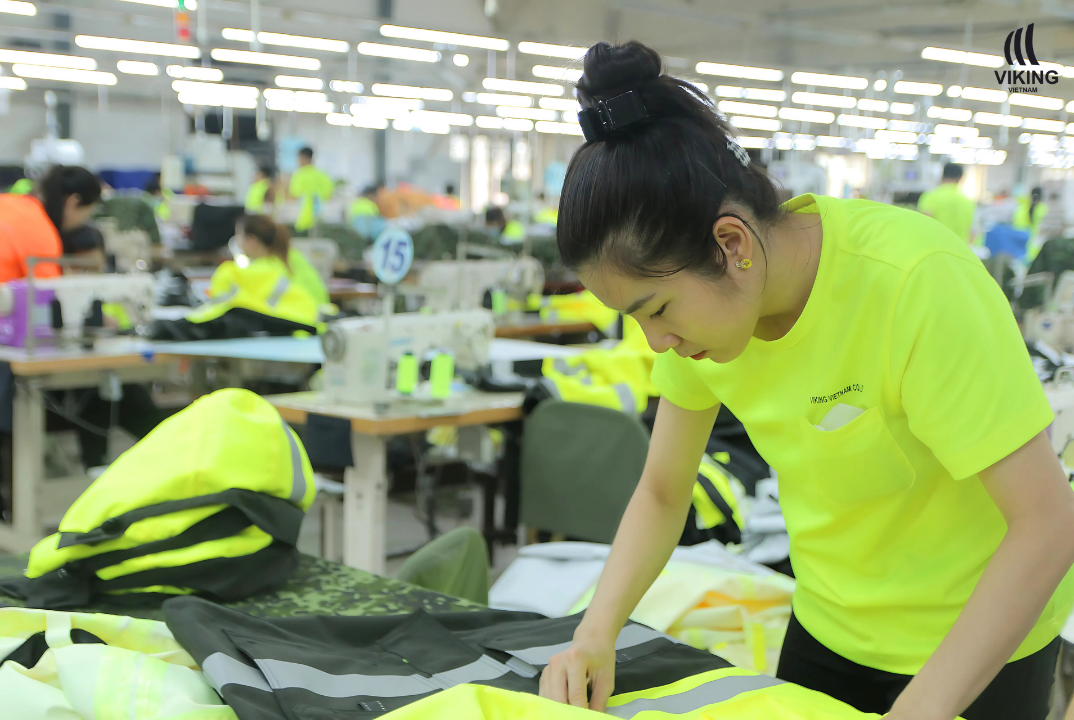Today’s protective clothing not only shields workers from impacts or chemicals but also ensures they are visible — under all lighting conditions. Reflective materials are a key factor in achieving that visibility and keeping workers safe.
In modern working environments — from construction sites and factories to warehouses and mines — protective workwear is no longer just a physical shield. Limited visibility or low-light conditions often lead to serious accidents. And one of the smallest details — reflective material in protective clothing — plays a powerful role in reducing such risks.
The Critical Role of Reflective Material in Protective Clothing
Reflective material in protective clothing is not just a design feature on high-visibility workwear. It acts as an invisible safety net with vital functions:
1. Enhancing visibility in low light
At night, glare from machinery or construction vehicles can obscure sightlines. Reflective strips on clothing bounce light back to its source, helping workers be seen from a distance.
What is EN ISO 20471? It is the standard that defines visibility requirements for safety garments. Adhering to this ensures both legal compliance and ethical responsibility for businesses.
3. Boosting worker morale and safety awareness
When workers feel protected by safe night shift uniforms, they work with greater peace of mind. This contributes to a strong culture of safety across the organization.

Challenges in Choosing and Applying Reflective Materials
Despite their importance, reflective materials in protective clothing present challenges if not selected and applied correctly:
Performance degradation over time: Some materials fade or lose reflectivity after multiple washes or exposure to harsh environments.
Poor adhesion: Inadequate stitching or heat bonding may lead to peeling, reducing both visibility and aesthetics.
Non-compliance with standards: Some market products fall short of EN ISO 20471, putting workers at risk.
Reduced comfort: Poorly applied reflective strips can cause stiffness, overheating, or discomfort — affecting performance.
Viking Vietnam's Solution: Select Right – Test Thoroughly – Apply Precisely
At Viking Vietnam, we treat reflective material not as a design add-on but as a core safety element. Our process includes:
1. Selecting high-quality materials
We partner with trusted suppliers from Japan and Europe to source high-quality reflective material that meets international certifications and exceeds expectations in brightness, adhesion, and durability.
2. Rigorous testing
Before production, every batch undergoes:
Repeated wash testing to assess retention of reflectivity.
Simulations of real-world work environments: heat, moisture, and friction.
Adhesion checks post-stitching and heat pressing to prevent delamination.
3. Smart application in garment design
Viking reflective safety clothing is designed for optimal visibility and comfort:
Reflective material is strategically placed at key visibility zones: shoulders, chest, arms, and legs.
Seam techniques ensure no creasing or discomfort while maintaining long-term durability.

Our Commitment at Viking Vietnam
Every Viking product meets international safety standards and reflects our dedication and accountability:
All reflective materials are carefully selected and stringently tested.
Our high-visibility workwear by Viking delivers performance and peace of mind to the wearer.
We’re proud to support businesses in building safer, more sustainable, and more professional workplaces.